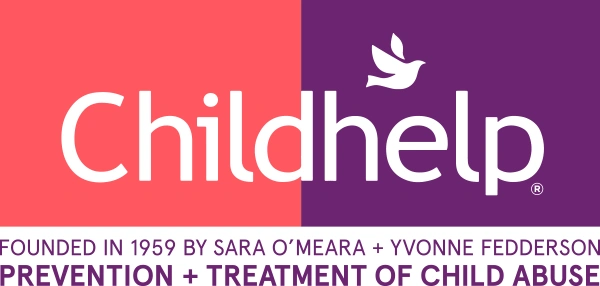A recent study published in JAMA Pediatrics showed 13.75% increase in total number of Childhelp National Child Abuse Hotline inquiries in 2020 compared to 2019.
SCOTTSDALE, AZ – Recent research published online in JAMA Pediatrics highlights the role Childhelp, a national child abuse prevention and treatment nonprofit, has played in the national public health response at the intersection of COVID-19 and domestic violence. Childhelp operates the 24/7 Childhelp National Child Abuse Hotline, the only national hotline dedicated specifically to the issue of child abuse.
The research in the peer-reviewed journal was authored by University of Pennsylvania’s Dr. Robin Ortiz and a research team that includes Childhelp National Child Abuse Hotline Program Director, Michelle Fingerman. Looking at restricted-access data from Childhelp, the team found “a 13.75% increase in the total number of inquiries in 2020 compared with 2019,” amid the first 3 months of the COVID-19 pandemic.
“We hypothesize that there was an increase in calls and texts to the hotline overall due to an increase in child and caregiver distress and potential child maltreatment amid the stressors of the pandemic,” Ortiz recently told CNN.
The research reflects concern over a lack of interaction between children and mandated reporters — professionals required by law to report suspicions of abuse. According to the U.S. Department of Health and Human Services, more than 20 precent of screened-in referrals to CPS were made by education professionals in 2019. However, at the height of the pandemic, face-to-face instruction was interrupted for virtually all American students, and teachers reported much fewer concerns.
An Associated Press report earlier in the spring found a nationwide “decrease of 18% in both total reports and investigations” by child protective services during the pandemic. The research published by Ortiz et. al points to a similar decline in contacts from teachers and school-related reporters to the Childhelp National Child Abuse Hotline even as total inquiries increased overall, especially from those under 18.
“Decreased exposure to school-based mandated reporters may have contributed to the initial call decrease,” the researchers wrote. “Text messaging, a child- and teenager-friendly modality, expanded during the post-closure period, pointing to potential self-advocacy.”
“The Hotline is proud to be a 24/7 resource for so many in need of help navigating delicate situations, difficult moments, and times of stress,” Childhelp National Child Abuse Hotline Director Michelle Fingerman said. “At a time when youth experienced a drastic change in access to safe adults outside of their home, we were able to be that lifeline of support and provide access to important services. As restrictions are lifting and children return to school, we will continue to be available both for youth who need help and for adults who may have questions or concerns about abuse situations.”
The Childhelp National Child Abuse Hotline (1-800-4-A-CHILD; childhelphotline.org) offers 24-hours-a-day, 7 days-a-week counseling and crisis support around the issue of child abuse and began to offering its services over internet chat and text message in 2019.
About Childhelp: Founded by Sara O’Meara and Yvonne Fedderson in 1959, Childhelp® has brought the light of hope and healing into the lives of more than 11 million children as a leading national nonprofit organization dedicated to helping abused, neglected and at-risk children. Childhelp’s programs and services include residential treatment services, children’s advocacy centers, therapeutic foster care, group homes and child abuse prevention, education and training. The Childhelp National Child Abuse Hotline serves children and adults nationwide 24/7 through phone, text and online chat. For more information, visit www.childhelp.org and follow Childhelp at facebook.com/childhelp, instagram.com/childhelp and twitter.com/childhelp.
###
Media Contact: Savannah Harrelson, sharrelson@childhelp.org, 208-861-1609
